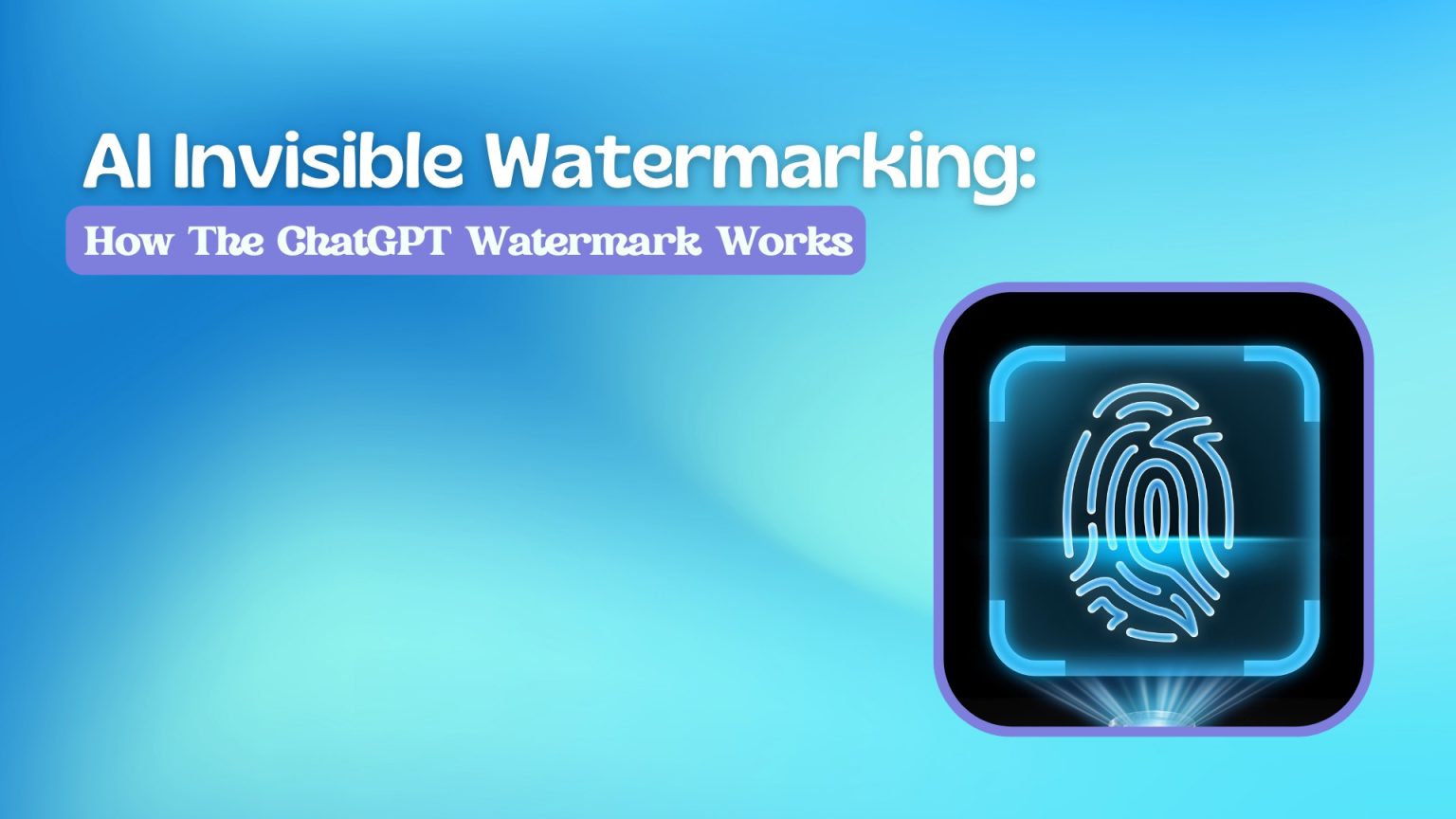Google wants an invisible digital watermark to bring transparency to AI art
Google DeepMind has introduced SynthID, a watermarking and identification tool for AI-generated images. This technology enables the embedding of a digital watermark directly onto the pixels of an image, which is invisible to the human eye. SynthID is initially being rolled out to a limited number of customers using Imagen, Google’s art generator on its suite of cloud-based AI tools.
Generative art has faced ethical challenges, including the risk of creating deepfakes. An early example was the viral image of the pope in hip-hop attire, generated using AI. As generative tools continue to advance, the potential for misuse, such as political ads featuring AI-generated art, becomes concerning. To address this, Google has launched SynthID, the first system of its kind among seven AI companies that committed to develop watermarking solutions for AI-generated content.
While Google has not disclosed the technical details of SynthID to prevent exploitation, it assures that the watermark cannot be easily removed through simple editing techniques. The company has prioritized a balance between imperceptibility and robustness to image manipulations. SynthID rates the confidence levels of the watermark’s detection, allowing the system to work alongside metadata-based approaches.
Two deep learning models, one for watermarking and the other for identification, form the foundation of SynthID. These models are trained on diverse images and are optimized to align the watermark with the original content for improved imperceptibility. Although SynthID is not foolproof against extreme image manipulations, Google sees it as a promising solution for responsible use of AI-generated content. The tool has the potential to be expanded to other AI models, including those generating text, video, and audio.
However, it’s important to acknowledge that digital watermarking may become an ongoing battle against hackers. The open-source nature of Stable Diffusion, a prominent generative tool, poses challenges for widespread adoption of SynthID or similar solutions. Despite these hurdles, Google aims to make SynthID available to third parties in the near future, with the goal of enhancing AI transparency across industries.
